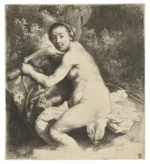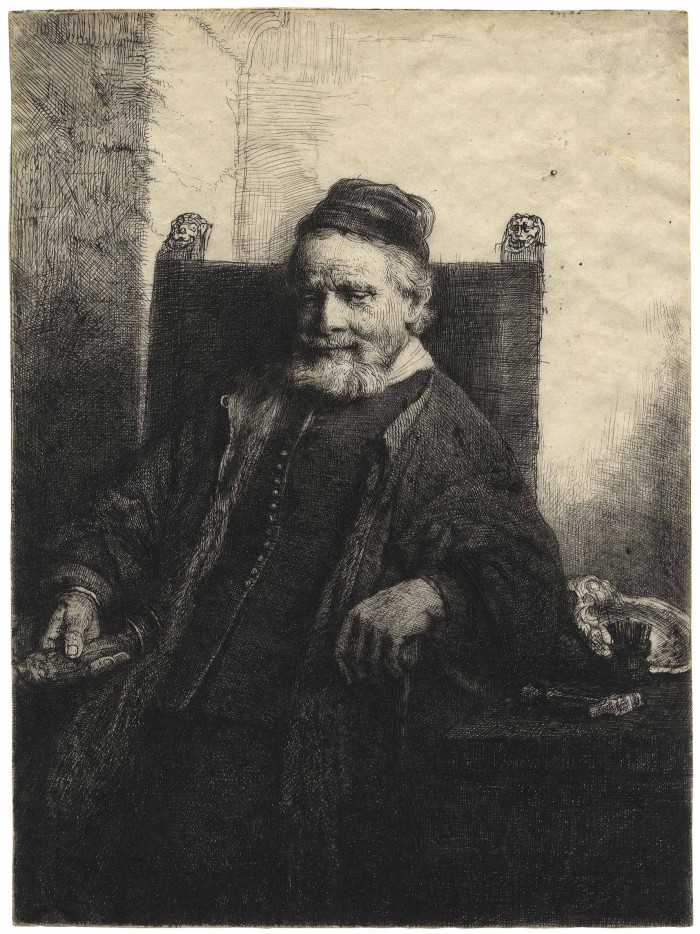Artist: Rembrandt van Rijn

REMBRANDT HARMENSZ. VAN RIJN (1606-1669) Diana at the Bath etching, possibly with engraving circa 1631 on laid paper, with an indistinct watermark fragment a very fine, rich and lively impression printing clearly, evenly and with strong contrasts with thread margins in very good condition Plate 177 x 159 mm. Sheet 178 x 160 mm. Provenance Presumably Six Collection (without mark; see Lugt 1539a); probably Willem Six (1662-1733), Amsterdam, nephew of Rembrandt’s patron Jan Six (1618-1700); presumably sold posthumously as part of his entire print collection in one lot, in 1734. Presumably Jacobus Houbraken (1698-1780), Dordrecht and Amsterdam (according to Barnard’s […]
Read more and view large image >
Artist: Rembrandt van Rijn

Many aspiring print collectors are initially interested in collecting Rembrandt prints; this is understandable since Rembrandt is well known, and of course fine examples of Rembrandt prints are extraordinarily beautiful and justifiably sought after. But a high level of Rembrandt print connoisseurship can be gained only through study, or the guidance of a reputable and knowledgeable dealer, or preferably both. This note is an introduction to some of the issues. Rembrandt made etchings and drypoints, working on copper plates, creating ink-holding furrows in these plates either directly (using a drypoint needle) or with etching (drawing through a wax-like substance covering […]
Read more and view large image >

